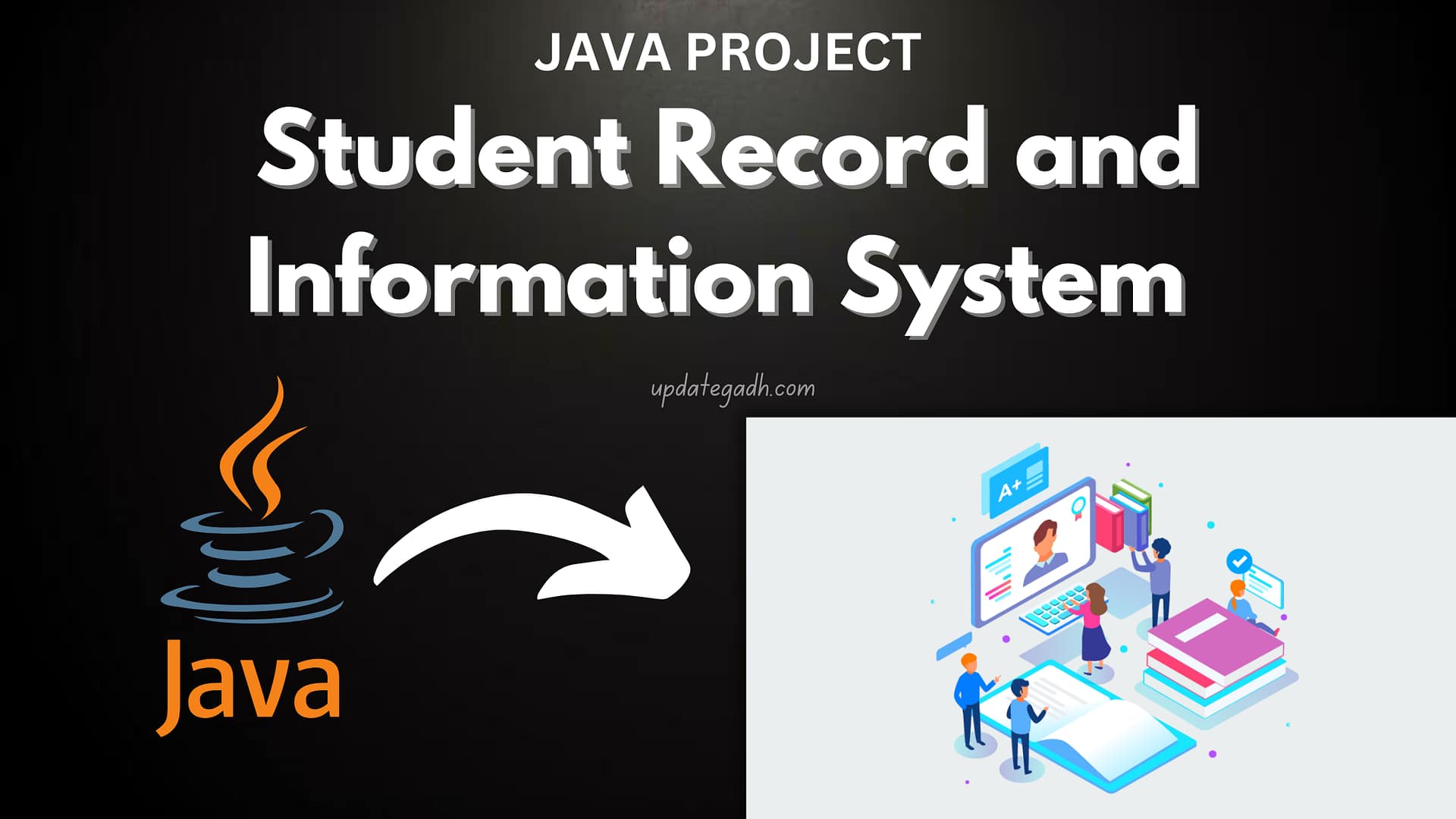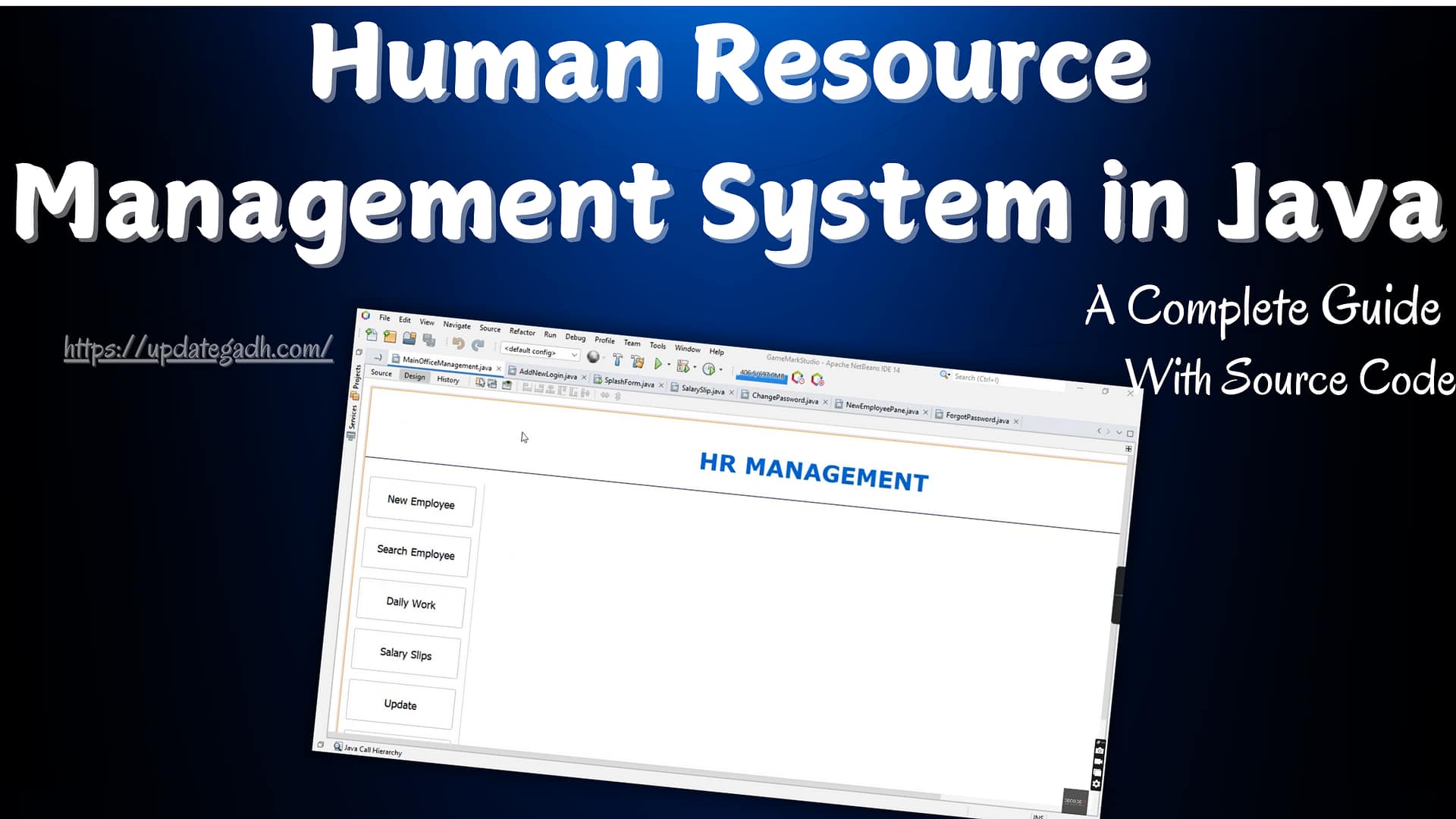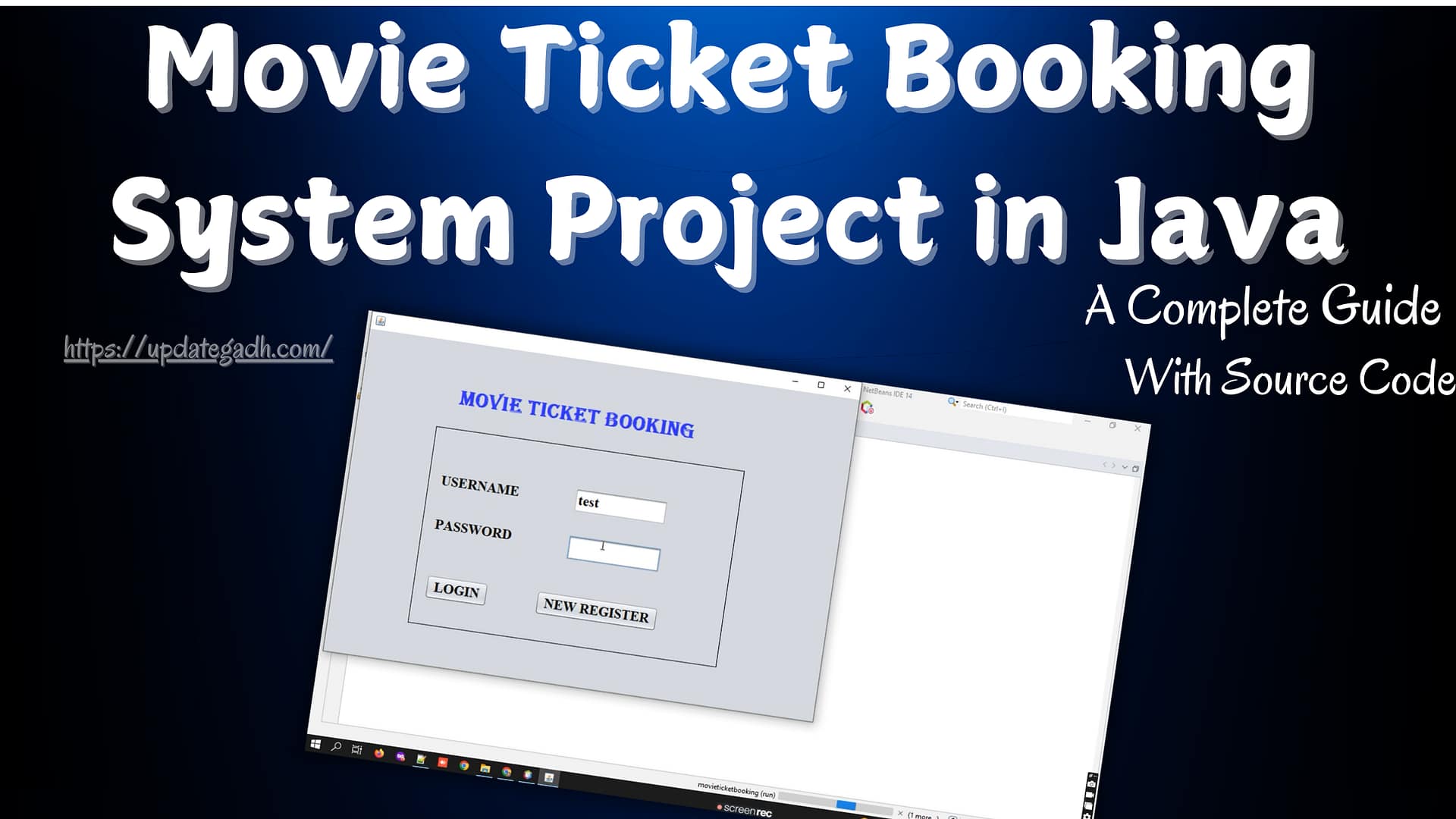
Uber/Rapido Clone Project in Java
Uber/Rapido Clone Project in Java
Creating a ride-hailing application, similar to Uber or Rapido, is a fantastic way to develop a real-world project. This project will involve setting up a database, building business logic, and creating a REST API, all of which are core components of many modern applications.
1. Project Overview and Requirements
The goal of our project is to develop a simplified version of Uber or Rapido with essential functionalities:
- User Registration and Login: Allows both riders and drivers to create accounts and securely log in.
- Ride Booking System: Enables users to request a ride, while available drivers can accept or decline requests.
- Trip Management: Tracks ongoing and completed trips, including locations and fare calculation.
- Data Storage: Uses MySQL to store information about users, drivers, and trips.
Tools and Technologies
- Java: To build the backend and handle business logic.
- MySQL: For data storage, managing user, trip, and driver records.
- Spring Boot (optional): For easier REST API development in Java.
- IDE: Eclipse or IntelliJ IDEA for Java development.
Download New Real Time Projects :-Click here
2. Setting Up the Database in MySQL
First, set up a MySQL database to store data for users, drivers, and trips. Start by creating a new MySQL database, then add tables for each main data entity (users, drivers, trips, and vehicles).
Each table should include essential fields such as:
- Users Table: Stores user data like ID, name, email, password, and phone number.
- Drivers Table: Manages driver details including name, email, vehicle ID, and availability status.
- Trips Table: Tracks trips, including trip ID, user ID, driver ID, start and end locations, fare, and trip status.
These tables will handle the data that powers each major feature in the app, ensuring consistency and efficiency in data storage.
3. Structuring Your Java Project
In your Java project, create a structured layout with key packages for data models, services, controllers, and database connections. A well-organized structure simplifies maintenance and scaling.
Project Structure
- Models Package: Holds classes that mirror database entities like
User,Driver, andVehicle. - Services Package: Contains business logic such as ride requests, fare calculation, and user authentication.
This modular approach allows you to keep each component separate and makes it easier to add new features or modify existing ones in the future.
4. Implementing Core Functionalities
With the project structure in place, start developing the main functionalities of the ride-hailing app. These consist of the following and will be managed at the service layer:
- User Registration and Login: Enable new users and drivers to register with unique credentials and securely log in.
- Ride Booking: Create logic that allows users to request a ride, searches for available drivers, and assigns a driver if available.
- Fare Calculation: Develop a method to calculate the trip cost based on distance or duration, providing users with an estimated fare.
- Trip Tracking and Status Updates: Manage the trip lifecycle from request to completion, updating the trip status as it progresses.
Each of these features requires interaction with the database, ensuring that every ride, user, and driver detail is saved and accessible.
https://updategadh.com/category/php-project
6. Testing and Running the Project
Once all functionalities are in place, thoroughly test each component to ensure a smooth user experience.
Testing Tools
- Unit Testing: Use JUnit for testing Java methods, ensuring that each function performs as expected.
Testing all aspects of the application—from database interactions to API responses—ensures that each component works as intended.
Running the Project
- Launch the Application: Run the Java application and check that each feature works as expected.
- Debugging: To resolve any problems, use the debugging tools in your IDE.
7. Additional Features to Enhance the Project
To make your Uber/Rapido clone more realistic, consider implementing the following features:
- Real-Time Tracking: Integrate a mapping API for live trip tracking, allowing users to see their ride’s location.
- In-App Payments: Add a payment integration to enable users to pay directly within the app.
- Driver Ratings and Reviews: Allow users to rate drivers and leave feedback after each trip, improving accountability and service quality.
Each of these enhancements can significantly improve the user experience, making your project more advanced and applicable to real-world scenarios.
ScreenShot





Contact Us to Get the Source Code:
If you need the source code for the Uber/Rapido Clone Project in Java and MySQL , feel free to reach out through any of the provided contact methods.
- Remotely Setup Project.
- The Full project files
- Database.
- Step-by-step configuration tutorial.
uber rapido clone project in java GitHub Uber/Rapido Clone Project in Java Uber/Rapido Clone Project in Java and MySQL uber rapido clone project in java pdf rapido clone app GitHub Uber/Rapido Clone Project in Java Uber/Rapido Clone Project in Java uber clone GitHub uber clone github flutter uber clone source code free download uber clone android GitHub rapido website clone er/Rapido Clone Project in Java and MySQL









Post Comment